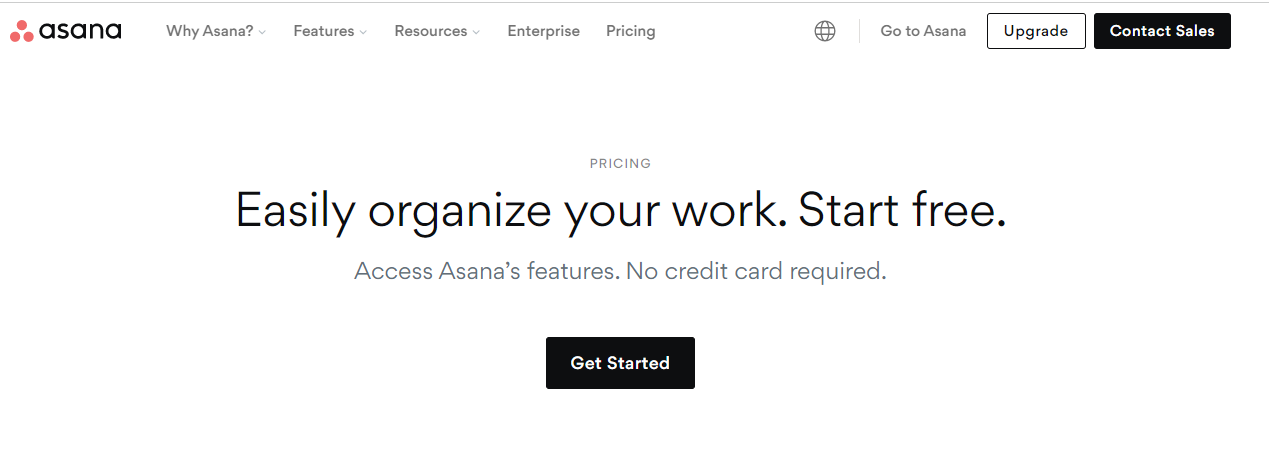How to Create Engaging CTAs That Drive Action

What is a CTA?
A call-to-action also referred to as a CTA, tells your reader what to do next. This part of your messaging is crucial and should not be overlooked or under-valued. Without a clear and compelling CTA, readers may not know what to do next, and as a result, you may lose potential customers or leads. After all, you’re taking a reader from the point of not knowing anything about your product or service, to piquing their interest, and leading them to a sale.
You need to consider the customer journey and your CTA is a key ingredient in the recipe. A poorly constructed CTA can confuse readers and drive them off your site. Let’s discuss how to keep your CTA clear, engaging, and effective at keeping people on track to that sale.
Part One: What stage of the journey is your customer on?
Are they at the top of the funnel? Where they’re only learning about your brand/product/service for the first time. If so, then your CTA should be soft, one that doesn’t push them toward a sale yet. This is your opportunity to encourage them to get to know you better. Something like “learn more” or “download this free resource” is suitable at this stage.
If they’re at the bottom of your funnel where they know you, they’ve been referred to you by a friend or downloaded your free resource, then they’re likely ready to make a purchase. Now is the time for a hard CTA, “buy now”, “get started”, or “register now” will lead these customers to a sale.
Different pages on your website are meant for different stages of the customer journey. Understanding where your customer is on that journey will help determine what type of CTA to use.
Part Two: Where are you taking them next?
Have you ever clicked or swiped a CTA on a website and it took you somewhere unexpected? Maybe it took you to a shopping cart when you wanted more information on the product. You may have felt taken aback as if the company was pushing the sale on you when you weren’t ready.
You can avoid that mistake by clearly defining where that CTA is going to take the reader next. This is being considerate of your customer’s journey.
Say you’re sending an email newsletter to a list of potential customers and you want them to view your online store. You write a friendly email and you lead them toward your online store to view your products. You list some of your products in the email and you use the CTA “Buy Now” under each one.
As a reader, I’d assume this button will take me to a shopping cart with the option to buy that product now. Think about Amazon’s option to “Buy Now”, if your credit card info is on file and you select that button, the purchase is automatically made. As a reader when I see “Buy Now” I’m weary of what’s going to happen next.
This is an opportunity for you to use a soft CTA like “learn more” or “shop products”, this is less forceful and doesn’t suggest a commitment to buy.
Part 3: How to Create an Effective CTA
So how do you create an effective CTA, one that stands out, and doesn’t read “learn more” or “shop now”? There’s a time and place for those phrases but consider using power words for an engaging CTA:
- Claim your free trial and discover the power of…
- Unlock exclusive access to our…
- Ignite your passion with our…
- Seize this limited-time offer.
These are effective because they’re action-oriented and they use powerful words like claim and seize. Powerful words create a sense of urgency and exclusivity so that readers are persuaded to take action. These help spark curiosity and inspire the reader to take action.
Have a look at Asana’s clearly stated CTA. I know what I’m going to get, all Asana’s features, I know what I’m going to pay, nothing, and I know that I won’t be charged after my free trial because there is no credit card required. They’ve laid out all the required information, short and succinct and their button is engaging “Get Started”.

Part Four: Recap
You now know what a CTA is, you’re thinking about where your customer is in their journey which is helping you determine whether to use soft or hard CTAs. You’ve checked to make sure that your CTA is taking the reader to where you’re saying you’ll take them and you’ve considered incorporating an engaging CTA using power words to hone in on a sale.
A compelling CTA can make all the difference between a reader swiping past or stopping the scroll, piquing their interest, and converting them into a customer.
This is what copywriters do best, they lead your customers on a strategic journey that takes them from strangers to loyal supporters. Click the link below to learn why hiring a professional copywriter may be the best step you take in levelling up your customer experience.
More From This Category

What Is Copywriting And Why Does It Matter?
What Is Copywriting?Copywriting is a style of writing used to persuade, sell, or simply change someone’s idea about a company, organization, product or service. There are many mediums where copywriting is useful such as print or digital ads, product descriptions,...

Very good read
Thanks for taking the time to read the post, Kidus. Much appreciated!
I like what you guys are up too. Such clever work and reporting! Carry on the excellent works guys I have incorporated you guys to my blogroll. I think it’ll improve the value of my site 🙂
Thank you for taking the time to read and reply. Have a great day.